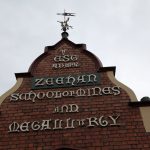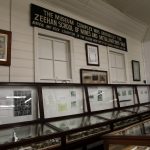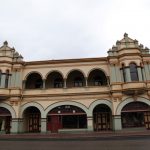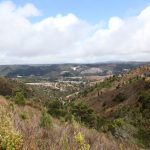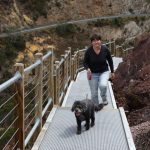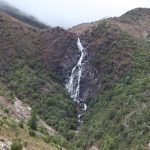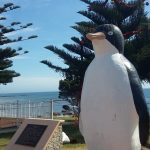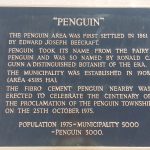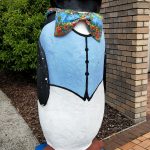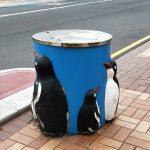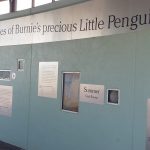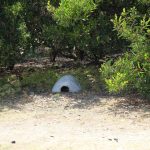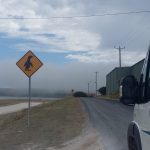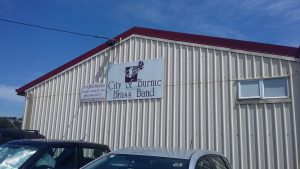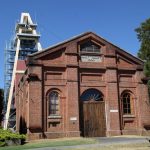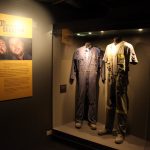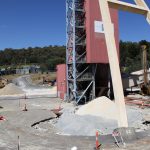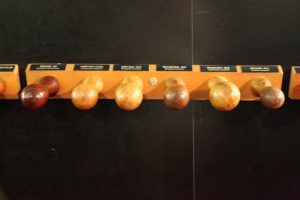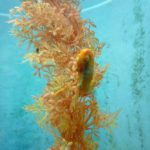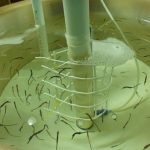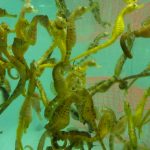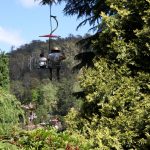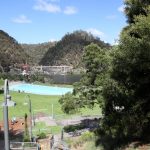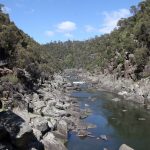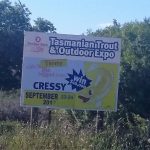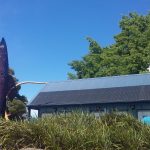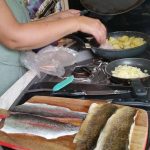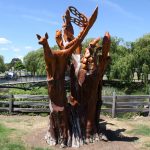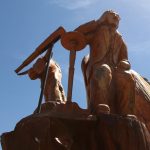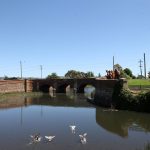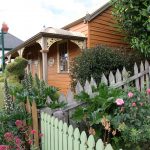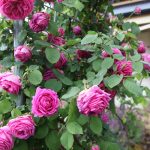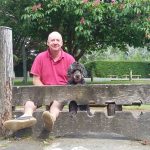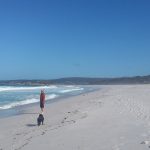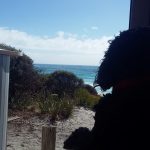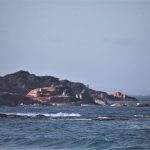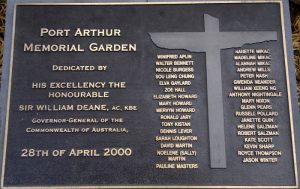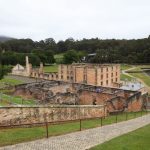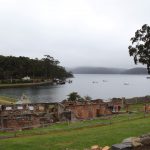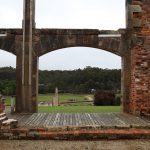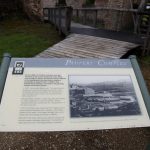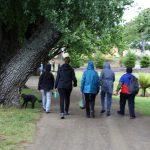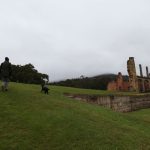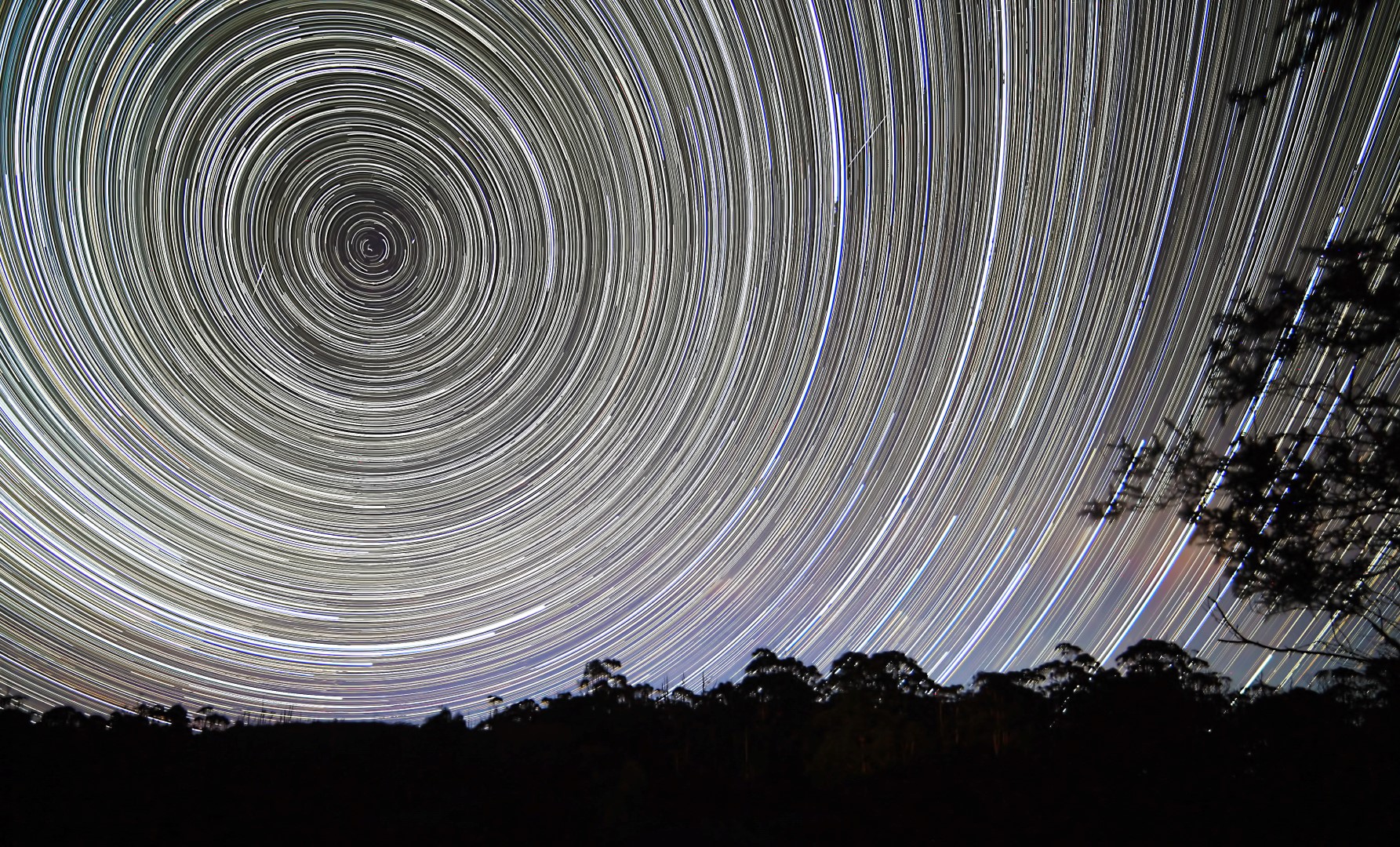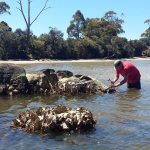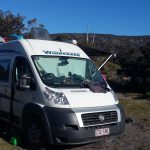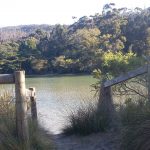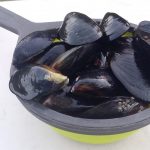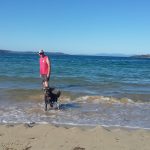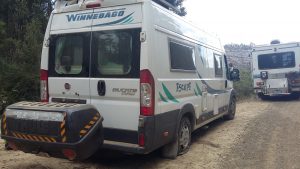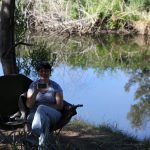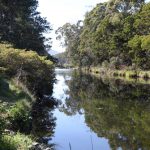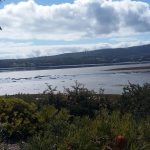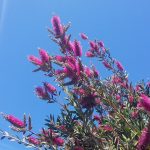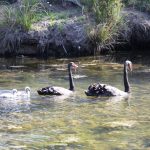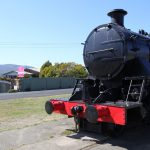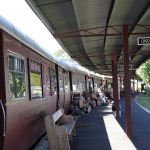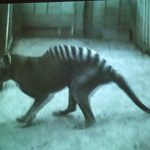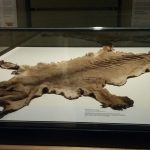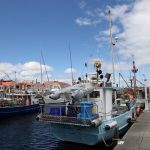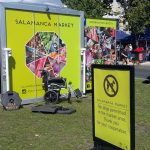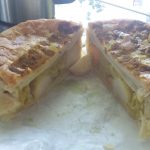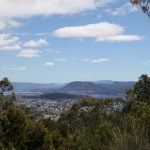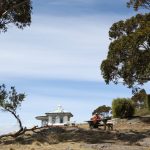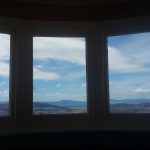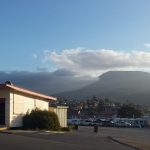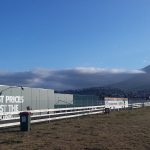We weren’t entirely sure whether to explore the western side of Tasmania on this trip. We couldn’t visit the big draw card of Cradle Mountain as it’s in a National Park; the roads are mostly narrow and winding and the best way to appreciate the rugged landscape is either on a cruise, a helicopter flight or a railway journey through the rainforest. We heard that if you wanted to see the edge of the world then you should visit the West Coast so that persuaded us.
Zeehan was Tasmania’s third largest town at its height in the late 19th century after silver and lead deposits were found there and its population peaked at 10,000 around 1910 (ten times the current population). It was known as the Silver City while the boom lasted. The significance of the town can be seen on the main street. The West Coast Heritage Centre has preserved and restored some of the historic buildings and is housed in the former Zeehan School of Mines and Metallurgy. It was well worth the $25 entrance fee.
We were told by a local that Zeehan’s annual rainfall is 3 metres!
The largest coastal town is Strahan on Macquarie Harbour. Wilderness cruises take tourists out to Sarah Island which was used as a penal settlement in the early 19th century. The convicts were made to fell Huon pines for boat building and conditions were harsh. Convicts called the mouth of the harbour ‘Hell’s Gates’ as they felt they were entering Hell.
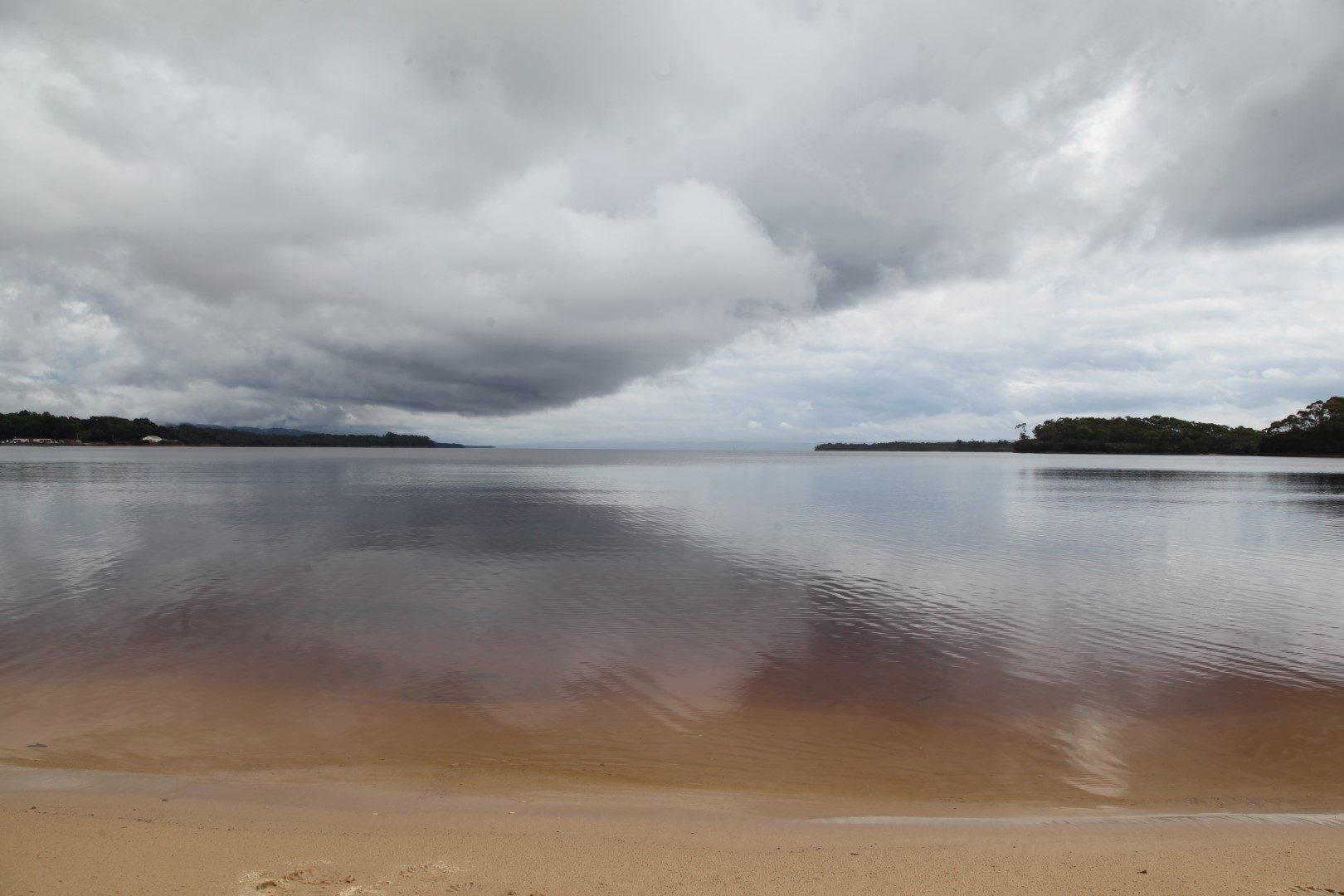
The copper smelting process at Queenstown resulted in the destruction of the surrounding vegetation which has only begun to grow back in recent years. A friend who lived in Queenstown for 12 months said he only saw the sun for three days and it was pouring with rain when we arrived.
The Horsetail Falls walking track near Queenstown has only been open a few weeks. It’s an impressive feat of engineering, clinging to the side of the cliff face and takes around 30 minutes return. It was constructed as part of the $2.47 million West Coast rescue package by the State Government after the closure of the Mt Lyell Mine in 2014.
Winston and I did try to bail out two thirds of the way up but Jonathan encouraged us on to the top. Miraculously, the sun came out for our walk.
‘The Wall’ – Derwent Bridge
Everywhere we went, people told us we must see ‘The Wall’. Over the past decade, artist Greg Duncan has carved three metre high panels out of Huon pine which tell the story of the Central Highlands region. It’s located inside his gallery and was certainly impressive. For the $15 entry fee, I would like to have seen other works displayed in the gallery though. There was no photography allowed.

